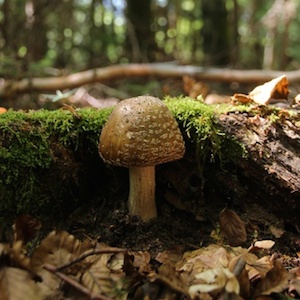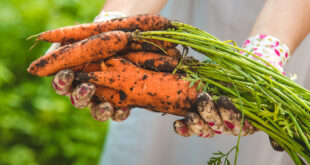 Gardens rest and recuperate at this time of year, but keep up the maintenance to enjoy a fruitful spring garden.
Gardens rest and recuperate at this time of year, but keep up the maintenance to enjoy a fruitful spring garden.
– Long-lifed vegetables like asparagus, rhubarb, garlic and globe artichokes can be planted in winter, along with strawberries. Improve their soil with organic plant food.
– Peas prefer alkaline soil, so check with a garden expert about sweetening acidic soil.
– Feed veges with liquid food (particularly the leafy crops like spinach, kale and winter lettuce).
– Shallots are mildly flavoured onions and are able to multiply ten fold from a bulb. Plant shallots in winter and they will be ready to harvest in summer or autumn. They prefer a sunny position and to be fed every six week through spring and summer.
– Yates has a new product called Thrive Easy Pods – they take the guess work out of fertilising – simply pop a pod in a 9L watering can and fill with water. The pods dissolve as you water, releasing fertiliser.
– To maintain you garden over winter, enrich the soil with compost. Magnolias, camellias, rhododendrons and azaleas respond well to a dose of compost at this time of year.
– With July fast approaching, sharpen your secateurs and get ready to prune the roses. If you live in an intensely cold area, hold off until August when the frosts have finished. Roses respond well to pruning and you will enjoy better blooms in spring. Prune just above an outward facing bud. for larger canes, use long handled loppers of a pruning saw and remember your protective gloves and clothing!
– Deciduous fruit trees, grape vines and fruiting berries can also be pruned in winter. Remove dead, diseased or unproductive wood and reduce size by opening up so they air circulation is improved.
Lastly, here's an idea; if you have to cut down a tree, and the trunk is problematic to remove, it could be turned into a natural planter box!










Join the Discussion
Type out your comment here:
You must be logged in to post a comment.